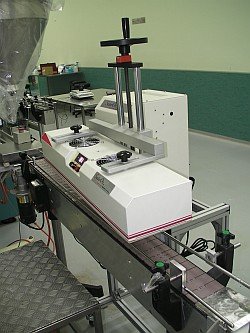What is Induction Sealing?
Induction sealing is a common packaging process to bond a foil seal across the opening of container, jar or bottle. Usually, the foil seal is placed into the cap or closure of the product to be sealed and then the cap or closure is placed over the filled product. The product then passes beneath an induction sealing machine and without ever touching the product the machine bonds the foil to the opening of the product.
How Induction Sealing Takes Place?
As soon as the container has been filled and capped – with a closure fitted with an induction liner – it travels beneath the induction sealing system. The non-contact heating system welds the liner to the container resulting in an air-tight and water-tight seal. Induction sealing machines or sealers, sometimes referred to as heat sealers, facilitate a product seal by emitting a high energy concentrated electromagnetic field. This field is created using high current thick windings (coils of wire), with voltage and current that switches back and forth at many thousands of times per second. The electromagnetic field passes through the air and the plastic of the containers cap to reach the Aluminum of the Induction Liner. The field then generates high frequency alternating currents on the surface of the foil which causes the foil to heat up.
Bonded to the Aluminum is a heat seal layer – usually a polymer layer that will melt with heat. When this heat sealing layer melts its bonds with the top surface opening of the container and as it cools it “sets” in place with the neck or rim of the container. The Food and Drug Administration regards induction sealing as a highly effective method of tamper evidence.






